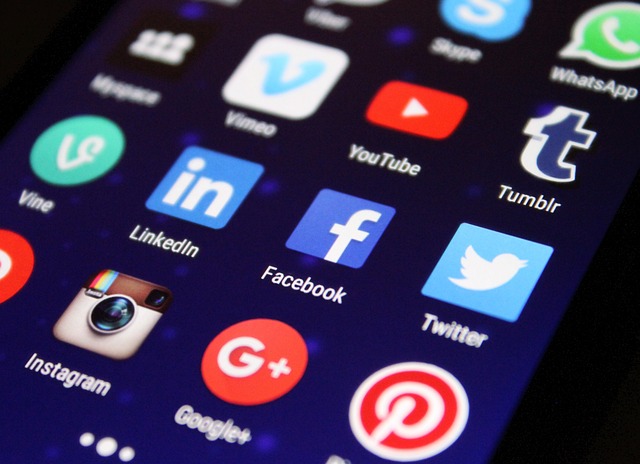It’s hard to imagine life without the constant presence of social media. We scroll through endless feeds, like and share, post and react—often without even realizing how frequently we’re doing it. Underneath this habitual engagement lies a silent driver: digital memory. In the context of addiction, this isn’t just a technical term. It’s the very reason we keep going back for more, seeking validation, nostalgia, or even just a sense of connection.
Our devices remember everything. From the posts we’ve liked, to the places we’ve checked in, to the ads we lingered on a little too long—this memory forms an algorithm that’s frighteningly personalized. The platforms know our habits, our preferences, and even our moods. This isn’t just smart marketing. It’s the cornerstone of behavioral addiction.
With every interaction, we’re teaching the algorithm how to hook us. And with each hook, our brain receives tiny rewards—dopamine hits that mimic those experienced by users addicted to substances. We feel that tug every time the notification chime dings. That small red circle has become a symbol of relevance. Someone saw us. Someone responded. Our brain logs that as a success, and it’s hard to resist coming back for more.
What’s deeply concerning is that this cycle is amplified by the precision of digital memory. Social media platforms use what they’ve learned about us in the past to predict what will keep us engaged tomorrow. Our history becomes a trap—a feedback loop that makes quitting or moderating use incredibly difficult. Personalized predictions keep us locked into our timelines, echo chambers, and curated realities, becoming a form of self-inflicted captivity that’s hard to break free from.
The emotional impact of this is heavy. We’ve all felt that twinge of comparison when we see someone’s perfectly filtered photo, or the pang of missing out as we scroll through event snapshots. Social media users often report heightened anxiety, feelings of inadequacy, and even depression. Yet we return, driven by the memory of engagement that once made us feel connected, seen, or important. That memory forms part of our digital self, constantly archived and refreshed by new content that pulls us deeper.
When we think about addiction, we typically imagine substances—a drink, a pill, a chemical change. But the emotional cocktail that social media delivers can be just as potent. What makes this so pernicious is the invisibility of the mechanism. You don’t need to take anything; you just need to scroll, click, swipe—and trust that your past behavior will serve up something irresistible again.
This is the emotional essence of digital memory. It’s not just stored content—it’s a collection of emotional triggers we’ve experienced over time. The guilt after wasting an hour online, the elation of going viral, the sorrow of unreciprocated likes—it’s all remembered, cataloged, and replayed in the algorithms that construct our online experience. These memories lure us into the promise of more—more connection, more engagement, more distraction from reality.
The impact of social media on our mental well-being can’t be overstated. As users, we must recognize that we’re not merely consumers of content—we are the content. Every click is a data point, each interaction feeding a system built on our habitual return. By understanding the role of digital memory, we can begin to see the invisible chains that bind us to our screens and start the difficult, but necessary, journey towards regaining control.




